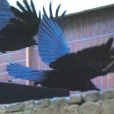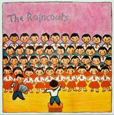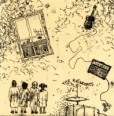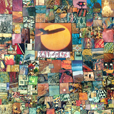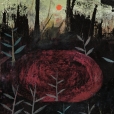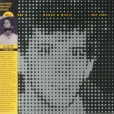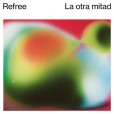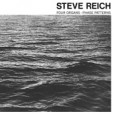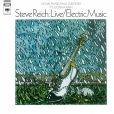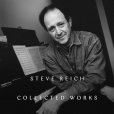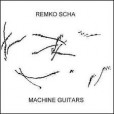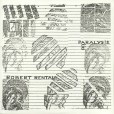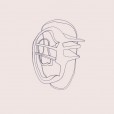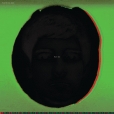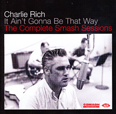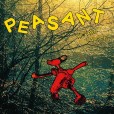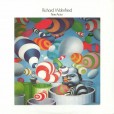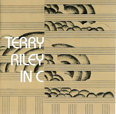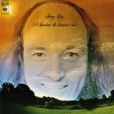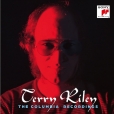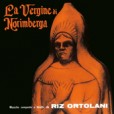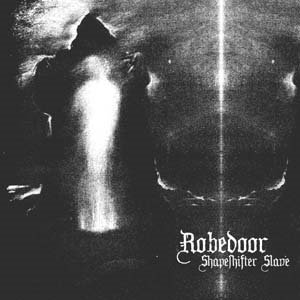Your basket is empty

Washed between industrial and devotional fronts, eight pluviophile excursions by Giuseppe Ielasi & Giovanni Civitenga, steeped in the manifold evocativeness of rainfall — how it orchestrates some of our deepest memories and fantasies.
‘Yesterday it started to rain…
‘The smell of damp tarmac rising up through open windows from a suburban pavement, a school playground, a basketball court…
‘The rain cut through a band of low pressure that had been lying over the city for days, pinging rhythmically off metal, causing rolling tyres to hiss and spit.
‘Its soundtrack is the debut full length from Rain Text, run through with build-ups of low-end pressure relieved by the fizz and clatter of metallic rhythms…
‘Static… discord… release…’
Country punk from 1985.
Brecht Ameel playing prepared harmonium and celesta, alongside Kim Delcour modulating air and breath via various wind and reed instruments; joined by Will Guthrie on tuned and melodic percussion (timpani, glockenspiel, marimba, vibraphone), and Paul Garriau on hurdy-gurdy.
‘With a distinct rhythmic impetus and fluidity new to Razen, and characteristic freshness and playfulness, Regression relays between dire inhospitableness and refuge, abject sorrow and cosmic transcendence. It invokes mythology and superstition as keys to the primeval and the unknown.’
Stunning solo, acoustic demos of Pale Blue Eyes, I’m Waiting For The Man, Heroin and co.
‘If it is the radical edge of uncompromising hardcore minimalism that you are after, this reissue of Four Organs and Phase Patterns delivers two key examples.
‘‘I am interested in perceptible processes’ Reich had written in 1968. ‘I want to be able to hear the processes happening throughout the sounding music.’ Four Organs is a radical realisation of this goal. Against the steady rattle of maracas, individual tones within a single chord are gradually lengthened. No changes of pitch or timbre occur, and the drawn out nature of the process provoked outrage at some early performances, when audiences found themselves caught up in a decelerating loop, being dragged towards stasis. Phase Patterns, composed a month later, relies on a phasing technique developed during Reich’s earlier experiments with magnetic tape recordings, which he allowed to drift out of sync. Identical figures initially in unison shift out of phase, generating unexpected patterns.’
‘Obviously music should put all within listening range into a state of ecstasy’ (Steve Reich).
Vinyl from Aguirre.
It’s Gonna Rain is a total knockout.
Steve Reich’s first official piece is spun out of a chance encounter with a Pentecostalist preacher at work in San Francisco’s Union Square Park in 1964.
“He’s talking about the flood in the Bible and Noah and the ark, and you’ve got to remember the Cuban missile crisis was in ‘62, and this was something hanging over everyone’s head ... that we could be so much radioactive dust in the next day or two. So this seemed very appropriate…. There are two loops of his voice, starting in unison. And then one slowly creeps ahead of the other — I just did it with my thumb on the recording reel of one of the machines. And so they go out of phase. It’s like a canon or a round, like Row, Row, Row Your Boat. And you get first a kind of shaking, a reverberation, and then you get a sort of imitation and gradually you begin to hear it as a round. And that’s exactly what happens in this piece.”
Apocalyptic, riveting, banging, urgent, game-changing… it’s killer.
A terrific album by the Hen Ogledd conspirator, and collaborator with the likes of Derek Bailey, Bill Orcutt and Jon Butcher.
A telyn rawn is a harp strung with wound and pleated horse hair. (Tristram Shandy would have a field day.) It’s maybe a millennium old; passing into obscurity around two hundred years ago.
“All the music on this album is improvised. I designed and built a long forgotten instrument, engaged with historical texts and poetry, learnt the techniques and music from the Robert ap Huw manuscript and researched the importance of the horse and horse cults in Welsh culture. All these interventions were a means to improvise historically informed music and re-evaluate the legacy of the harp in Wales but ultimately served as a jumping off point so as to create new possibilities.”
The music is warmly compelling: polyphonic, convivial, rootsy, evocative, often mesmeric, sometimes banging.
Ancient Welsh folk veers into koto and kora, Appalachian dulcimer and Norwegian langeleik; the wheezing, wailing, rocking traditions of drones and sawing from Louisiana to Albania are streamed into the Valleys, and out again, changed.
Handsomely presented, too. Hotly recommended.
‘This third solo album is a deep, widescreen exploration in classic Brazilian song with all the subtlety and delicacy you’d expect from the pioneers of Musica Popular Brasileira, coupled with a thoroughly 21st century sensibility and sonic innovativeness. Layers of intricate instrumentation and arrangement make for spellbound, excavatory listening.
‘Recorded following Gomes’ move from Rio to Lisbon, the album is imbued with a sense of unease and cultural dislocation. A number of songs based on the Samba Ostinato explicitly celebrate Brazil’s musical heritage and culture.
‘Led by Gomes’ gentle and dreamy voice, the music is often reminiscent of mighty trailblazers like Caetano Veloso, João Bosco, or Edu Lobo, though it takes unexpected lines of flight into more experimental territory. An element of drone underpinning the whole album takes full charge on Fllux and Transição; and the finale is molten, raging hardcore.
‘A sun-drenched, balmy dream from start to finish.’
All the stuff he did for Smash.
Yellow vinyl.
Legendary, underground French rock from 1980, ranging from lo-fi fuzz to full-blown prog. Each song is presented as the hallucination of a possessed six-year-old. Featuring the fourteen-minute Theme Guerre.
Late-60s, minimal, ambient classic, with Riley’s lovely synth and organ-playing deftly elucidating seven phases scored here for large orchestra with extra percussion and electronics.
Taut horror soundtrack from 1963: dramatically orchestral, with jazzy intervals.
